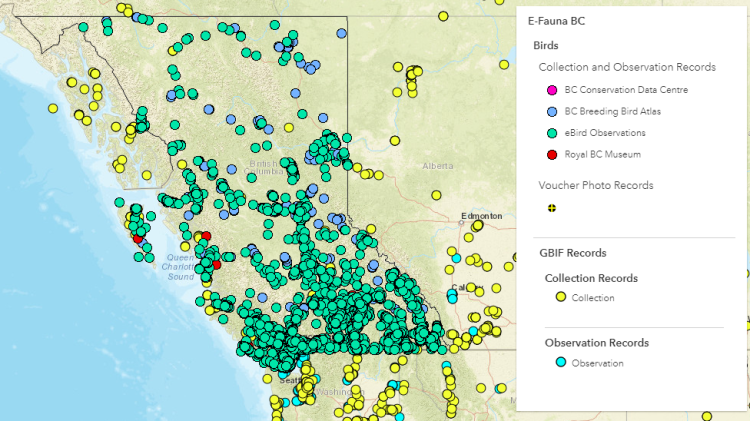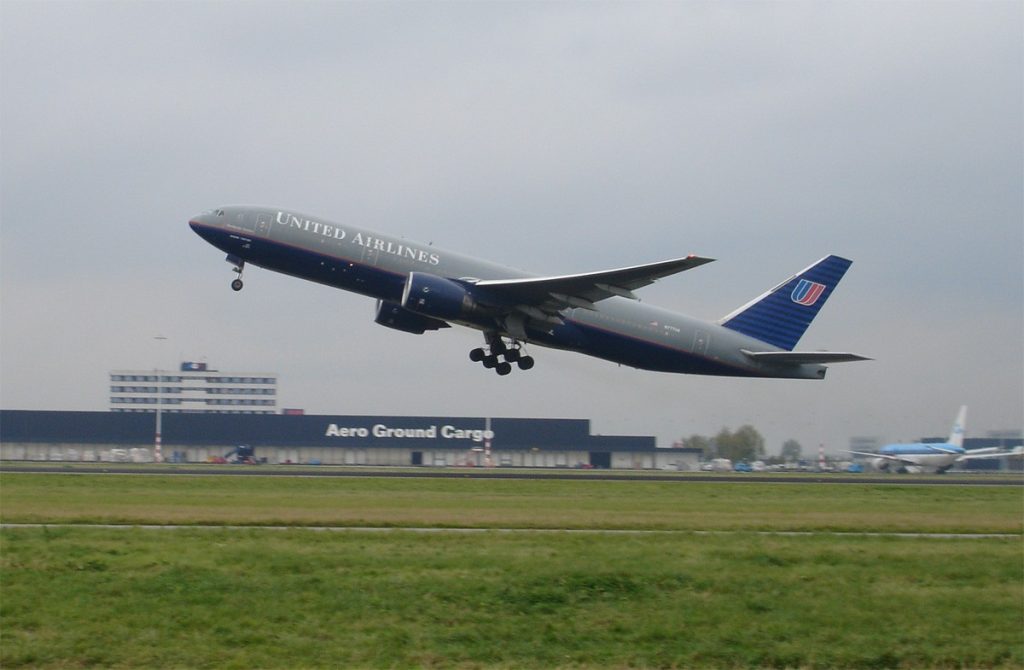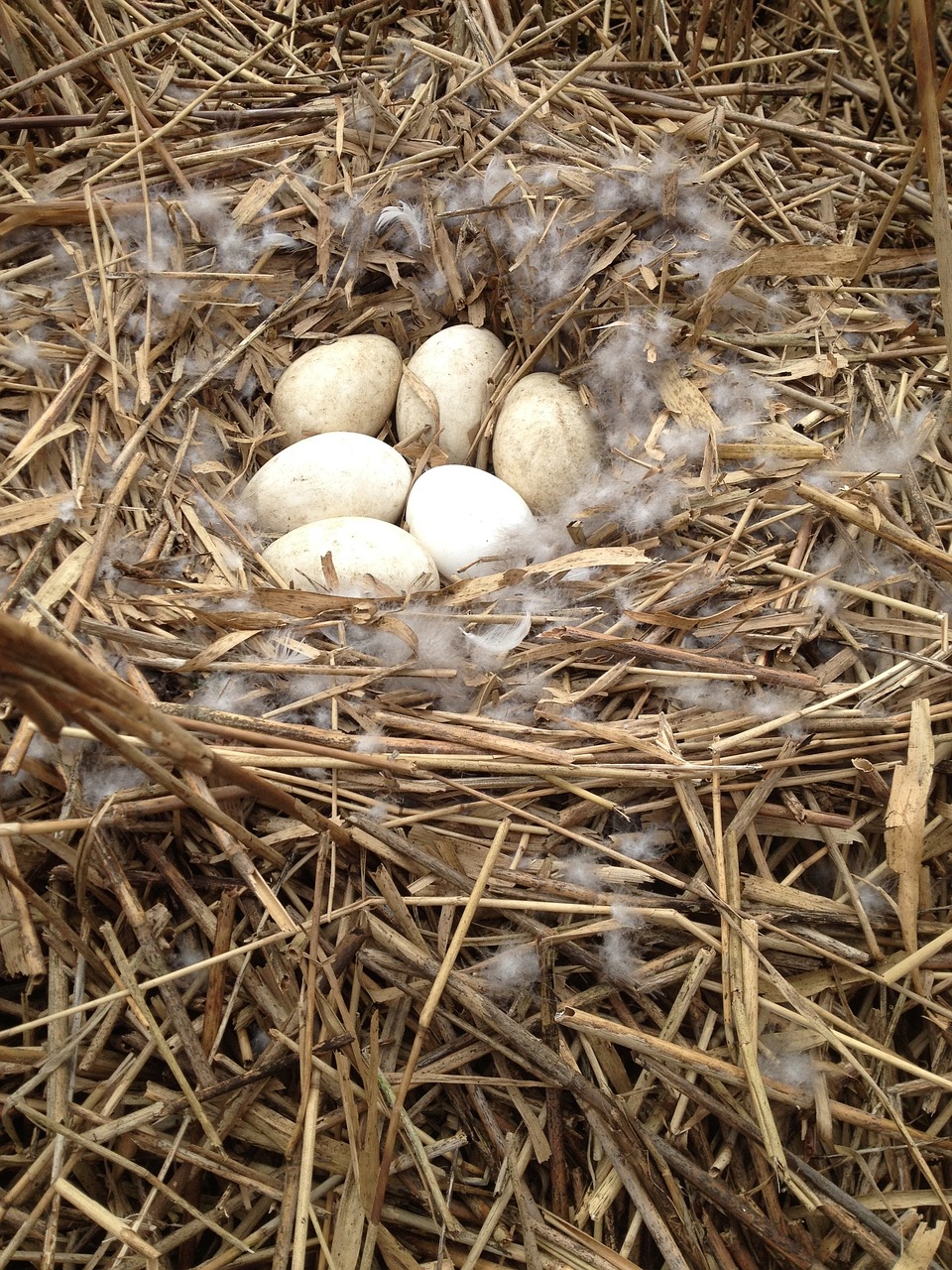If you live in North America, you’re probably familiar with Canada Geese. These aggressive birds are found almost anywhere near a body of water, often leaving a trail of droppings behind them. Canada Geese can become quite an environmental nuisance as they overgraze grassy areas and pastures, damage agricultural resources, and degrade water quality. But they’re called Canada Geese, so they must be native to Canada, right? Well… sort of.
Let’s back up a little bit…
So, where are Canada Geese originally from, and how did they become such a huge problem?
Historically, Canada Geese (Branta canadensis) nested in parts of Southern Canada, such as southwestern Ontario and the Southern Prairies, in significantly smaller populations. In fact, before the 1960s, Canada Geese populations were diminishing due to overhunting and wetland destruction. One breed, the Giant Canada Goose (Branta canadensis maxima), even became extinct in the early 1900’s.
As a result, efforts were made to recover goose populations. During the 1970s to 1990s, wildlife agencies and individuals introduced Canada Geese to new areas, where they had not previously bred. These areas included BC, Québec, and the Maritime provinces. At the time, geese were introduced in part for hunting; though hunting is not as popular anymore, Canada Geese remained and thrived.
Human changes to landscapes across Canada have also contributed to geese population increases. Urbanization helped geese thrive: since many of their predators (e.g., foxes) don’t frequent urban environments as commonly as geese do, Canada Geese have higher survival rates in urban areas than in the wild. Unsurprisingly, higher survival rates bring population growth!
Additionally, Canada Geese were further protected when the Migratory Birds Convention Act came into effect in 1994, as it prohibits people from harming them (among other bird species), with some exceptions.
A combination of all these factors has allowed Canadian Goose populations to skyrocket in the last 30 years. It is estimated that there are over 5 million adult geese in North America.

Photo Credit: Wikimedia Commons
So they’re native, then?
Canada Geese are native to some parts of Canada, and generally considered native to North America (eFauna). However, according to the Government of Canada, there were intentional introductions to BC, Québec, and the Maritime provinces, which blurred the line between native and invasive. Several sources consider Canada Geese invasive in parts of BC (City of Vernon, Globe and Mail, Vancouver Sun).
Keep in mind that native or not, Canada Geese are now occupying the country in far greater populations than ever before. While Canada Geese were historically migratory birds, some birds have even stopped migrating over the winter, and are deemed “resident geese” as they remain in the more temperate parts of Canada all year round.
According to Dana McDonald, the environmental stewardship coordinator for the city of Vancouver’s Parks Board, “resident Canada Geese are actually an introduced species that was brought here for wildlife viewing and hunting in the seventies. They’ve really adapted to this environment because they have a constant source of food in grass and other foods that humans offer” (Globe and Mail).
A similar phenomenon has been observed in the last 10 years in Whistler, where Canada Geese have changed their migratory pattern. While they used to briefly visit the Whistler Valley during their annual migration, some have become full-time residents. For instance, birds have been spotted overwintering on Alpha Lake since 2013. This increased bird presence has come with many community-wide challenges for Whistler.

Photo: Wikimedia commons.

Distribution of Canada Geese in BC (E-Fauna Interactive Map)
What’s the problem with Canada Geese, anyway?
Canada Geese are causing severe problems in cities and towns across Canada. Problems include environmental, social and economic impacts:
- They overgraze grass in landscaped areas (e.g. parks, golf courses, lawns) and natural areas, which can be very costly to fix and may lead to soil compaction, vegetation loss and erosion.
- They overconsume vegetation important to other bird species (e.g. grasses, sedges, roots of aquatic plants, plant seeds), challenging their survival.
- Their droppings can contaminate water or food sources for other wildlife.
- When droppings dissolve in water, they impact water quality and lower oxygen levels, threatening fish populations.
- Moreover, the unsightly droppings degrade the aesthetics of parks and recreation areas, negatively affecting tourism.
- Water contamination from goose droppings also poses health risks to humans, including skin, ear and parasitic infections, to name a few.
- As a result of high fecal coliform levels in lake water, public beaches may have to be temporarily closed, which affects tourists and local lake users alike.
- The geese are aggressive and may injure small children or pets.
- Canada Geese have become a significant safety threat to airports by causing dangerous take-off and landing conditions for airplanes, as geese can get caught in plane engines.

Photo: Wikimedia commons. Canadian Geese populations have increased greatly, and are becoming a safety concern for airplanes.
What is being done?
Canada Geese are certainly present in the Sea to Sky, but SSISC does not currently have a priority list for invasive animals. As a result, our efforts to stop the spread of invasive animals are limited to education and awareness (like with this blog post!).
While Canada Geese may pose environmental and safety risks, since they are protected under the Migratory Birds Convention Act, their populations can only be controlled in certain conditions in Canada.
Goose Management in Whistler
The Resort Municipality of Whistler developed a Goose Management Strategy, in order to reduce the negative impacts of Canada Geese. This management strategy includes a balanced approach of:
- Education
- Population control
- Deterrence techniques
- Monitoring
The Resort Municipality of Whistler is not seeking to eradicate its Canada Goose population; rather, it aims to minimize its impacts while considering public perceptions and the symbolic nature of the goose.
Click here to read more about the RMOW’s Geese Management Plan.

According to the Government of Canada, the following management tools are available for managing goose populations:
- Scaring birds using a firearm or aircraft;
- Destroying the eggs;
- Relocating birds, nests or eggs, or destroying nests for the purpose of relocating migratory birds;
- Controlling migratory bird populations at airports;
- Killing migratory birds in specific circumstances.
In all cases, the birds must be causing or likely to cause damage and require a permit from the Canadian Wildlife Services of Environment Canada.
Unfortunately, controlling Canada Geese populations is complex, and requires lots of planning and coordination. But whatever you do – don’t feed Canada Geese!
References
City of Vernon, Okanagan Valley Goose Management, https://www.vernon.ca/activities-events/news-events/news-archive/okanagan-valley-goose-management-program-begins-annual
Electronic Atlas of the Fauna of BC, Branta canadensis, https://linnet.geog.ubc.ca/efauna/Atlas/Atlas.aspx?sciname=Branta%20canadensis&ilifeform=11
Globe and Mail, “Vancouver deals with its invasive Canada goose problem one egg at a time”, May 30, 2021, https://www.theglobeandmail.com/canada/british-columbia/article-vancouver-deals-with-its-invasive-canada-goose-problem-one-egg-at-a/
Government of Canada, Canada Geese: frequently asked questions, https://www.canada.ca/en/environment-climate-change/services/migratory-bird-conservation/managing-conflicts/frequently-asked-questions.html
Guardians of Mid-Island Estuaries, Canada Goose Management, https://www.estuaryguardians.org/.
Michigan State University School of Journalism, “Canada Geese expand range, migrate later as environment shifts”, November 25, 2020, https://news.jrn.msu.edu/2020/11/canada-geese-expand-range-migrate-later-as-environment-shifts/
Nature Conservancy Canada, Canada Goose, https://www.natureconservancy.ca/en/what-we-do/resource-centre/featured-species/birds/canada-goose.html
Okanagan Valley Goose Management Program, Frequently Asked Questions, https://www.okanagangooseplan.com/content/frequently-asked-questions/
Resort Municipality of Whistler, Geese, https://www.whistler.ca/services/environmental-stewardship/geese/
Resort Municipality of Whistler, Geese Frequently Asked Questions, https://www.whistler.ca/services/environmental-stewardship/geese/geese-frequently-asked-questions/
Resort Municipality of Whistler, Geese population impact, https://www.whistler.ca/services/environmental-stewardship/geese/geese-population-impact/
Vancouver Sun, “Invasive Canada Geese in the crosshairs as Vernon council approves planned cull”, February 9, 2021, https://vancouversun.com/news/local-news/invasive-canada-geese-in-the-crosshairs-as-vernon-council-approves-planned-cull


Add Comment